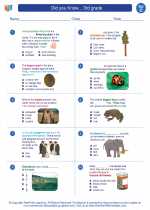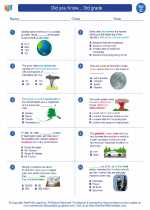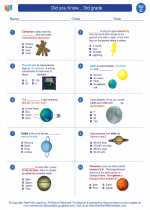Pest Control
Pest control refers to the management and regulation of pests, which are organisms that can be harmful to humans, animals, and the environment. Pests can include insects, rodents, birds, and other animals that can cause damage to crops, structures, and ecosystems. Effective pest control methods aim to minimize the negative impact of pests while ensuring the safety of humans and the environment.
Types of Pests
There are various types of pests that can be encountered in different environments:
- Insects: Examples include ants, termites, cockroaches, and mosquitoes.
- Rodents: Rats and mice are common rodent pests.
- Birds: Pigeons and seagulls can become pests, especially in urban areas.
- Wildlife: Animals such as raccoons, squirrels, and bats can cause issues in residential and commercial settings.
Methods of Pest Control
There are several methods used for pest control, each with its own advantages and limitations:
- Biological Control: This involves the use of natural predators, parasites, or pathogens to manage pest populations.
- Chemical Control: Pesticides and insecticides are used to kill or repel pests. It's important to use these chemicals carefully to minimize harm to other organisms.
- Cultural Control: Practices such as crop rotation and maintaining proper sanitation can help reduce pest populations.
- Mechanical Control: Physical barriers and traps are used to prevent pests from accessing certain areas or to capture them.
Integrated Pest Management (IPM)
Integrated Pest Management is an approach that combines various pest control methods to effectively manage pest populations while minimizing the use of harmful chemicals. It emphasizes the use of biological, cultural, and mechanical controls, and only resorts to chemical control when necessary.
Study Guide
Here are some key points to remember when studying pest control:
- Define what a pest is and provide examples of different types of pests.
- Describe at least three methods of pest control and provide examples of each.
- Explain the concept of Integrated Pest Management and its benefits.
- Discuss the potential risks associated with chemical pest control methods and the importance of using them responsibly.
◂Science Worksheets and Study Guides Third Grade. Did you Know... 3rd grade

 Worksheet/Answer key
Worksheet/Answer key
 Worksheet/Answer key
Worksheet/Answer key
 Worksheet/Answer key
Worksheet/Answer key
